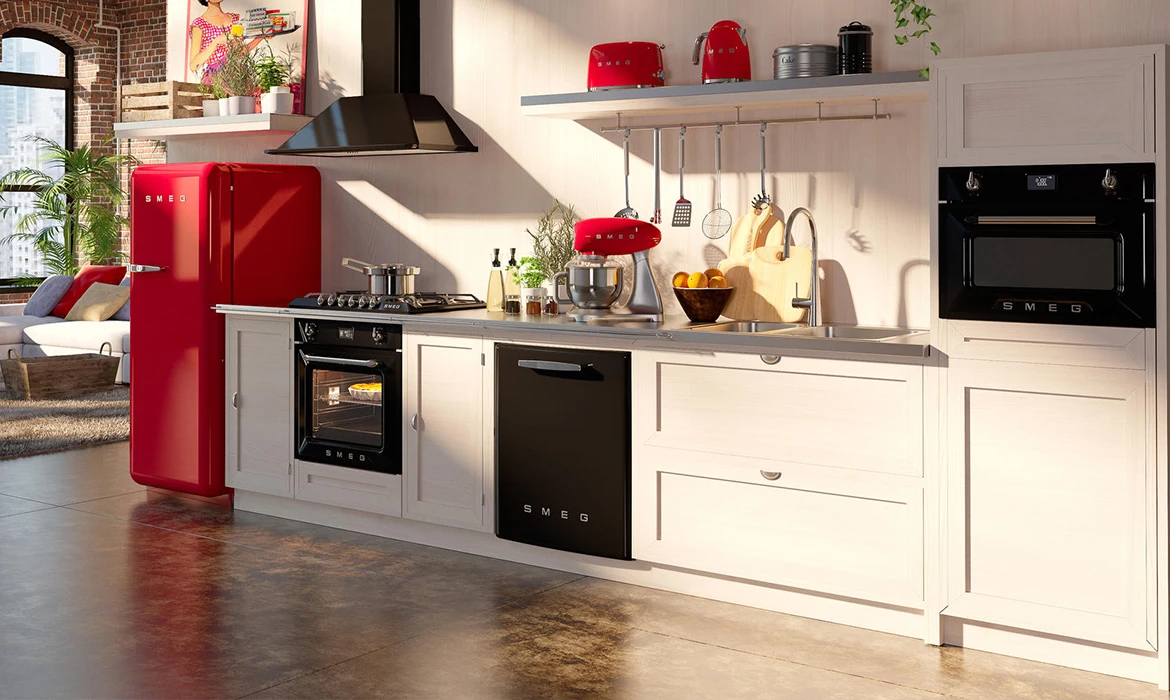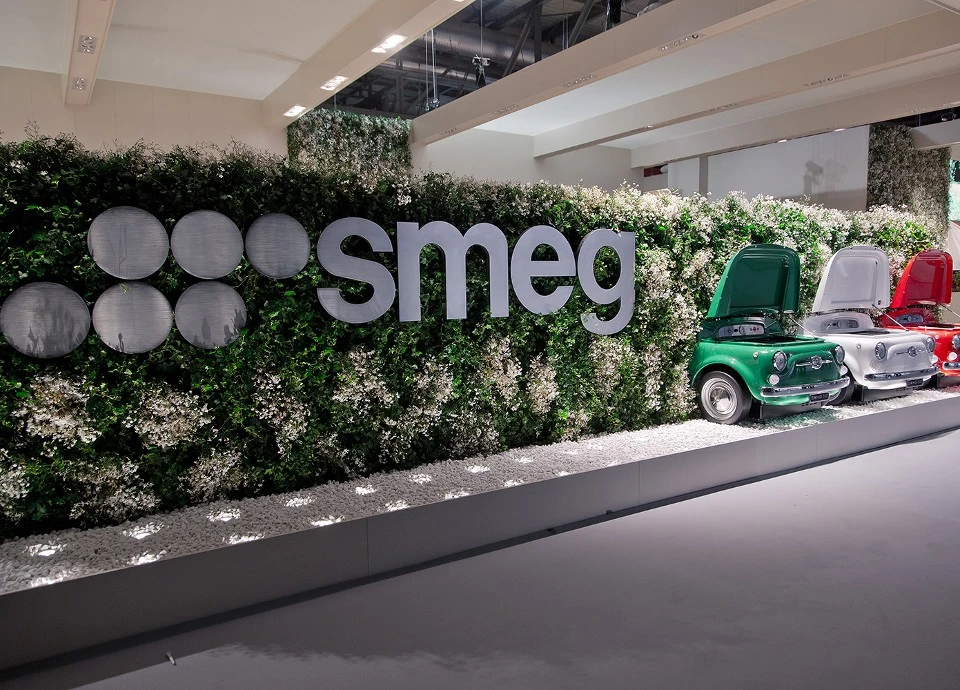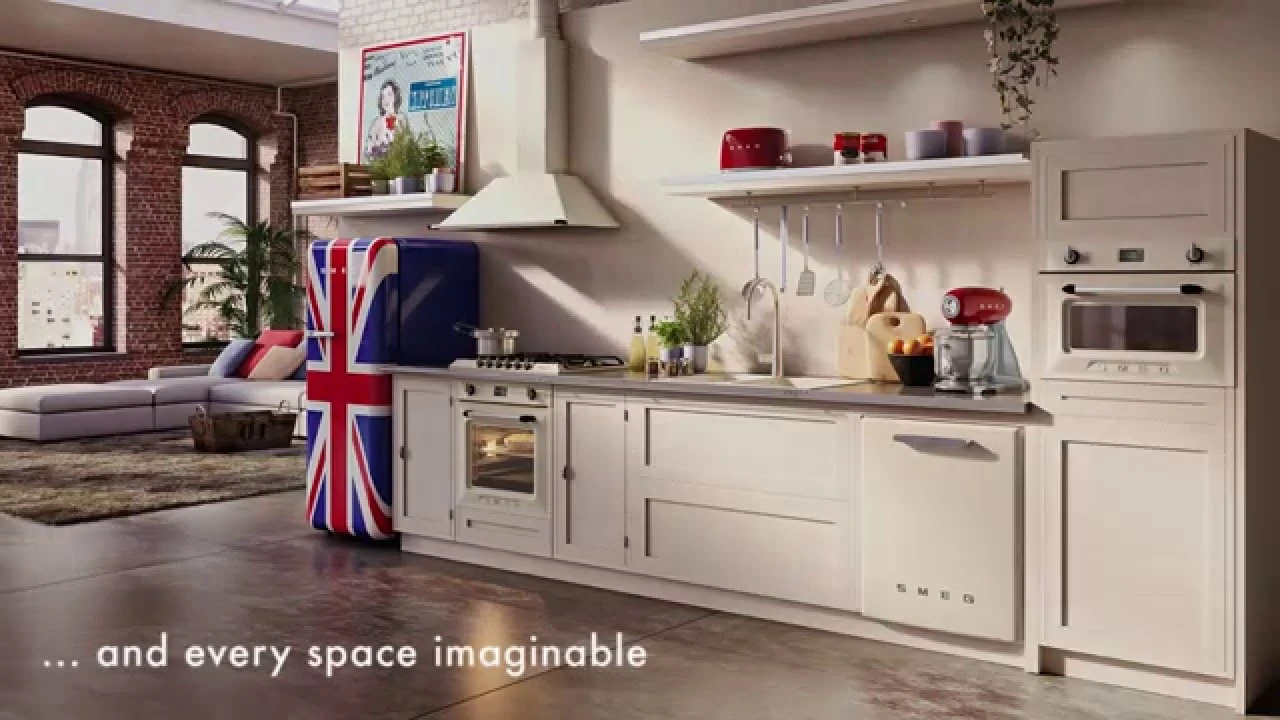Colour, design and technology. Smeg has designed innovative household appliances for all everyday environments since 1948. The headquarters are situated in Guastalla, in Emilia Romagna, an outpost for a long view over the countryside from the river Po. Passion for research begins here. In the field of aromatic essences delimited by a perimeter of four thousand poplars, technological innovation comes together with quality culture for an all-Italian household appliance manufacturing activity.
Vision, intuition, international reach: owing to a business culture that places the utmost attention on quality, on technological contents with an extreme focus on energy savings, the Smeg Group is recognised on an international scale as a mastermind of excellence Made in Italy.
TECHNOLOGY WITH STYLE

Smeg has 5 production plants in Italy. Their certified laboratories, thanks to their in-depth knowledge of materials and to state-of-art technology, interpet the needs of contemporary living, expressing essential qualities in the products, including durability, safety, flexible use, energy efficiency and enjoyability.
Constant and strict control tests throughout the entire production process testify to the brand's commitment to guaranteeing absolute reliability. What's more, thanks to increasingly cutting-edge interfaces and different programming solutions, every single Smeg household appliance meets the various needs of the user in full respect of maximum simplicity of use and smart resource management.

Design
For Smeg, style is first and foremost a distinctive notion, a product communication approach to enjoying the household appliance.
ITALIAN STYLE
The brand identifies with the feature of Italian design, such as inventive elegance, originality and quality products. This aspect is not just based on a question of styling but it is rather the expression of the origin of the Brand itself and of its passion. Faithful photographs of the Country of Style, Smeg household appliances, such as the Fifties refrigerator or the all-steel cookers, become objects capable of influencing the evolution of taste and of creating relations that go beyond mere practical requirements. It is with this precise spirit that the partnerships with great designers and architects came to be and, concurrently, projects for in-house development have been consolidated, better to interpret tastes and trends.



